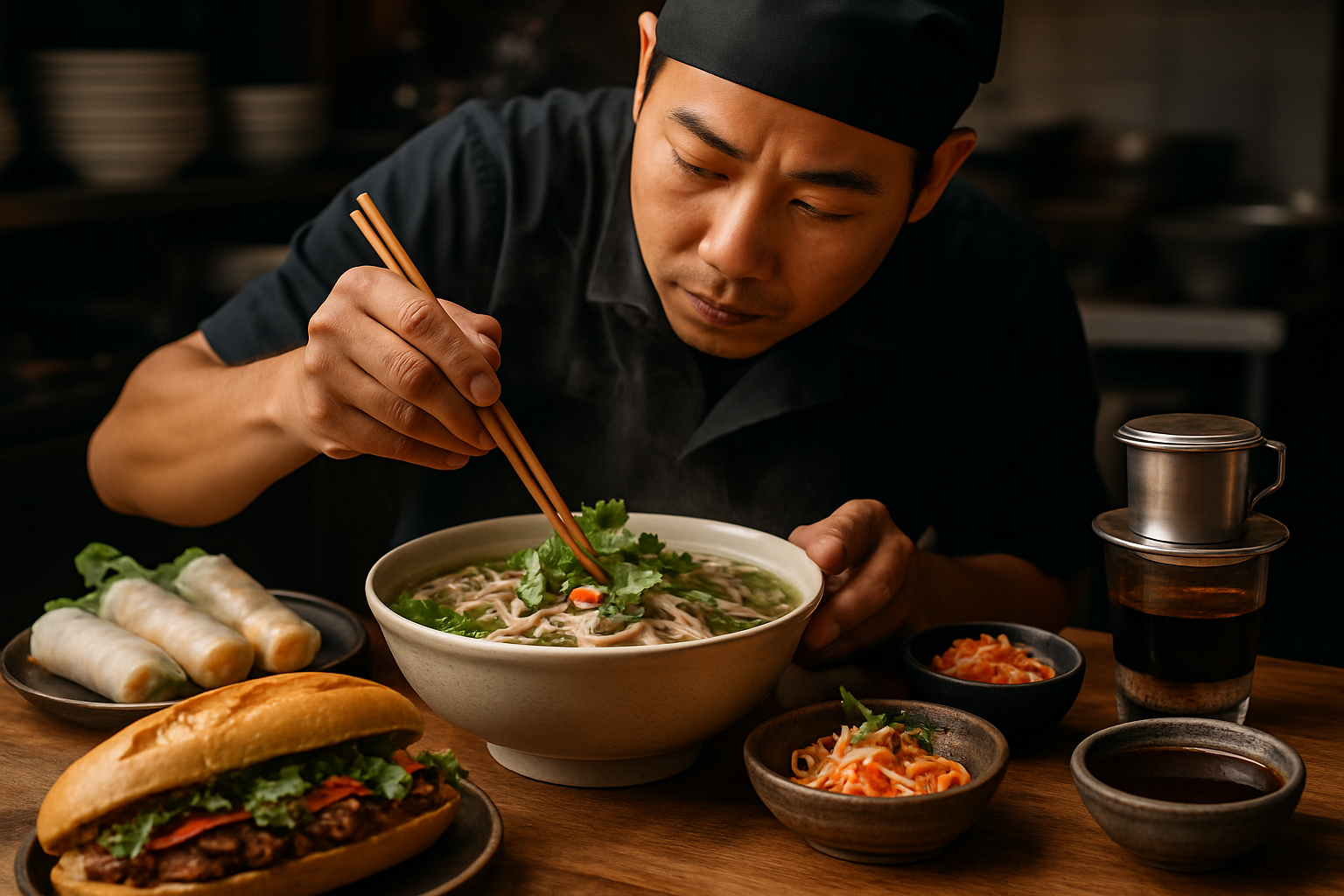Noodle Pulling: The Art of Hand-Stretched Dexterity
Noodle pulling, an ancient culinary technique, is experiencing a modern renaissance. This mesmerizing art form combines skill, tradition, and flavor, captivating food enthusiasts worldwide. From street vendors to high-end restaurants, hand-pulled noodles are making waves in the culinary scene, offering a unique dining experience that engages all the senses.

A Symphony of Textures
Hand-pulled noodles offer a unique textural experience that machine-made varieties simply can’t match. The stretching process aligns the gluten strands in the dough, resulting in noodles with a distinctive bite and chewiness. These noodles have an irregularity that adds character to each bite, with slight variations in thickness and shape. When cooked, they maintain their al dente texture better than their machine-made counterparts, absorbing flavors from broths and sauces while retaining their structural integrity. This textural complexity elevates dishes, creating a more satisfying and memorable eating experience.
Regional Variations and Flavor Profiles
While the basic technique of noodle pulling remains consistent, regional variations abound. In China, where the art originated, different provinces have their own unique styles. Lanzhou, famous for its beef noodle soup, produces noodles that are long and thin, perfect for slurping. In contrast, Shanxi province is known for its knife-cut noodles, which are thicker and more rustic. Beyond China, countries like Japan and Korea have adopted and adapted the technique, incorporating local ingredients and flavors. These regional differences showcase the versatility of hand-pulled noodles, allowing them to complement a wide range of cuisines and flavor profiles.
The Science Behind the Stretch
The magic of noodle pulling lies in the science of gluten development. As the dough is stretched and folded, the gluten proteins form long, elastic chains. This network of proteins gives the noodles their characteristic chewiness and allows them to be stretched to impressive lengths without breaking. The repeated stretching also incorporates tiny air bubbles into the dough, creating a lighter texture. Temperature and humidity play crucial roles in the process, affecting the dough’s elasticity and the chef’s ability to manipulate it. Understanding these scientific principles allows skilled noodle pullers to consistently produce high-quality noodles, even in varying conditions.
From Street Food to Fine Dining
Hand-pulled noodles have transcended their humble origins as street food to become a sought-after delicacy in fine dining establishments. Innovative chefs are incorporating the technique into fusion cuisines, creating unique dishes that blend traditional methods with modern flavors. Some restaurants have even turned noodle pulling into a form of dinner theater, with chefs performing the intricate process in full view of diners. This elevation of hand-pulled noodles has sparked renewed interest in the craft, inspiring a new generation of chefs to learn and preserve this ancient art form.
Noodle Pulling Tips & Facts
• The ideal dough temperature for noodle pulling is between 25-28°C (77-82°F).
• A single portion of hand-pulled noodles can be stretched to over 3 meters in length.
• The technique is believed to have originated in China over 4,000 years ago.
• Noodle pullers often use a mixture of wheat and alkaline flour to achieve the perfect texture.
• Regular practice is essential - expert noodle pullers train for hours daily to maintain their skills.
• The world record for the thinnest hand-pulled noodle is just 0.65mm in diameter.
A Culinary Art Worth Preserving
Noodle pulling is more than just a cooking technique; it’s a cultural heritage and an art form that continues to captivate food lovers around the world. As we embrace the convenience of modern food production, it’s crucial to appreciate and preserve these time-honored culinary traditions. The resurgence of interest in hand-pulled noodles not only ensures the survival of this ancient craft but also enriches our culinary landscape with its unique textures, flavors, and visual appeal. Whether enjoyed in a bustling street market or an upscale restaurant, hand-pulled noodles offer a taste of history and a reminder of the artistry that can elevate even the simplest of foods.





